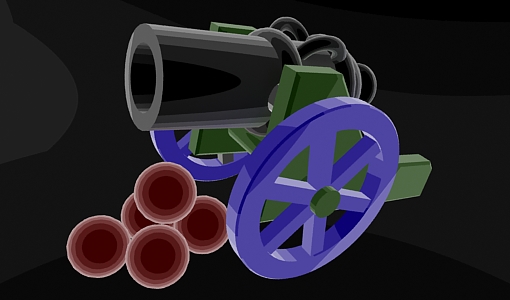
 On the RAM Player toolbar, click (Save Channel A). When you are done, click this button again to stop playback. On the RAM Player toolbar, click (Playback Forward) and watch the movie play. If you have a low-memory system, reduce the number of frames to load and try again. If it looks like you are about to run out memory, click Stop Loading. In the Loading dialog, observe how much memory is being used and remains available. The RAM Player loads the rendered files into memory. Increase the Memory Usage to its maximum for your system, and then click OK. JPG files do not contain any transparency information the way TGA, TIF and PNG images often do. Note: In order to use transparency, the image file specified has to be able to process an alpha channel. In the Save As Type field, click the drop-down arrow and choose JPEG File (*.jpg). Next you'll define the type of still image file to render. You can use the Create New Folder button to establish a new location, if necessary. Navigate to a directory where there is enough disk space to save the rendered files. In the Render Output group, click the Files button.ģds Max opens the Render Output File dialog. In the Output Size group, change the output resolution to 320x240. On the Common tab of the Render Setup dialog, in the Time Output group, choose Active Time Segment. Next, you'll define the animation range and output size.
On the RAM Player toolbar, click (Save Channel A). When you are done, click this button again to stop playback. On the RAM Player toolbar, click (Playback Forward) and watch the movie play. If you have a low-memory system, reduce the number of frames to load and try again. If it looks like you are about to run out memory, click Stop Loading. In the Loading dialog, observe how much memory is being used and remains available. The RAM Player loads the rendered files into memory. Increase the Memory Usage to its maximum for your system, and then click OK. JPG files do not contain any transparency information the way TGA, TIF and PNG images often do. Note: In order to use transparency, the image file specified has to be able to process an alpha channel. In the Save As Type field, click the drop-down arrow and choose JPEG File (*.jpg). Next you'll define the type of still image file to render. You can use the Create New Folder button to establish a new location, if necessary. Navigate to a directory where there is enough disk space to save the rendered files. In the Render Output group, click the Files button.ģds Max opens the Render Output File dialog. In the Output Size group, change the output resolution to 320x240. On the Common tab of the Render Setup dialog, in the Time Output group, choose Active Time Segment. Next, you'll define the animation range and output size. 
From the Rendering menu, choose (Render Setup).If the Camera viewport isn't active, right-click it to activate it.A sky dome has been added, and two Omni lights have been added to create additional lighting, but to decrease rendering time, there is no Global Illumination.

A bobbing motion has been added to the camera to simulate the up-and-down effect of someone jogging along the path. This file is similar to the one you created in the previous lesson. Tip: If the Units Mismatch dialog displays, choose Adopt The File's Unit Scale and then click OK.







 0 kommentar(er)
0 kommentar(er)
